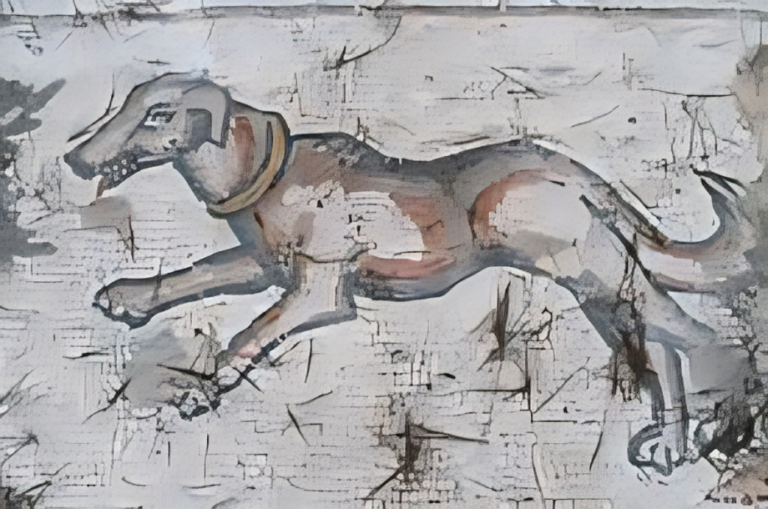Ancient art serves as a bridge connecting us to the past, reflecting the beliefs, practices, and experiences of early civilizations. From cave paintings to intricate sculptures, these forms of expression reveal the evolution of human creativity and culture. This article explores the various dimensions of ancient art’s, its significance, and its enduring impact on contemporary society.
What is Ancient Art?
Ancient art encompasses a broad range of artistic expressions from various civilizations, including but not limited to:
Cave Paintings: Early human artworks found in caves, often depicting animals and human figures.
Sculpture: Three-dimensional works carved from stone, wood, or metal, often representing deities or important figures.
Pottery: Utilitarian objects that were often decorated, showcasing both functionality and artistry.
Architecture: Structures built with aesthetic and cultural significance, such as temples, pyramids, and monuments.
Major Civilizations and Their Artistic Contributions
- Prehistoric Art
Prehistoric art, dating back to around 40,000 BCE, provides the earliest evidence of human creativity. Cave paintings found in places like Lascaux, France, and Altamira, Spain, illustrate early humans’ connection to nature and hunting. These artworks often depict animals and human activities, suggesting a spiritual or ritualistic purpose. - Ancient Egypt
Ancient Egyptian art is renowned for its distinctive style and symbolic significance. Hieroglyphics, sculpture, and tomb paintings were used to honor gods and ensure a safe passage to the afterlife. The iconic pyramids and the Sphinx reflect advanced architectural skills and an understanding of geometry. - Mesopotamia
Mesopotamian art, emerging around 3500 BCE, is characterized by intricate pottery, cylinder seals, and monumental architecture, such as ziggurats. The art of this region often depicted mythological and religious themes, emphasizing the relationship between humans and their deities. - Ancient Greece
Greek art laid the foundation for Western art, emphasizing beauty, proportion, and humanism. The Classical period saw the creation of significant sculptures, such as those by Phidias and Praxiteles, as well as architectural marvels like the Parthenon. Greek pottery, adorned with mythological scenes, also played a critical role in their artistic expression. - Ancient Rome
Roman art borrowed heavily from Greek influences but developed its unique characteristics. The Romans excelled in realistic portraiture and monumental architecture, including the Colosseum and aqueducts. Mosaics and frescoes adorned public spaces and private homes, showcasing daily life and mythology. - Ancient China
Chinese art has a rich history, with early examples including jade carvings and bronze vessels. The Terracotta Army, created to accompany Emperor Qin Shi Huang in the afterlife, is a remarkable achievement in sculpture. Calligraphy, painting, and ceramics also played significant roles in Chinese artistic expression.
Themes in Ancient Art
Spirituality and Religion
Many ancient artworks serve a religious or spiritual purpose, depicting gods, rituals, and beliefs. These pieces often reflect the values and ideologies of their respective cultures, providing insight into how ancient people understood their world.
Nature and Daily Life
Artworks frequently depict scenes from nature and daily life, illustrating the relationship between humans and their environment. This theme highlights the importance of agriculture, hunting, and community in ancient societies.
Power and Authority
Ancient art’s often served to legitimize power and authority. Monumental sculptures and architecture were, commissioned by rulers to demonstrate their might and divine right to govern. Such artworks were, often placed in public spaces to reinforce the ruler’s status.
Techniques and Materials
Ancient artists utilized various techniques and materials, depending on their cultural context. Common materials included:
Stone: Used for sculpture and monumental architecture.
Clay: Utilized for pottery and figurines.
Wood: Employed in sculpture and everyday objects.
Metal: Bronze and gold were, often used for decorative purposes.
Techniques
Artisans employed methods such as carving, molding, and painting to create their works. The use of natural pigments for painting and intricate carving techniques for sculptures showcased their skill and creativity.
The Impact of Ancient Art on Modern Society
Inspiration and Influence
Ancient art’s continues to inspire contemporary artists and designers. Many modern art movements draw upon the themes, styles, and techniques of ancient civilizations. For example, the use of symmetry and proportion in modern architecture can be, traced back to ancient Greek practices.
Cultural Heritage
Preservation of ancient art is crucial for understanding human history. Museums and archaeological sites worldwide protect these artifacts, allowing future generations to learn about their ancestors. The study of ancient art’s contributes to our understanding of cultural heritage and the evolution of human expression.
Tourism and Education
Ancient art attracts millions of tourists each year, fostering interest in history and culture. Educational programs centered around ancient art’s promote awareness and appreciation of diverse civilizations.
FAQs About Ancient Art
What are, the oldest known works of art?
The oldest known works of art are, the cave paintings found in Lascaux, France, and Altamira, Spain, dating back to approximately 40,000 BCE.
How did ancient civilizations create art?
Ancient civilizations used various techniques and materials, including carving, molding, and painting, with resources available in their environments, such as stone, clay, wood, and metal.
Why is ancient art important?
Ancient art is important because it provides insight into the beliefs, practices, and cultures of early civilizations. It helps us understand human history and the evolution of artistic expression.
What themes are, commonly found in ancient art?
Common themes in ancient art include spirituality and religion, nature and daily life, and power and authority.
How has ancient art influenced modern art?
Ancient art has influenced modern art through its themes, styles, and techniques, inspiring contemporary artists and designers.
Conclusion
Ancient art is a testament to human creativity and cultural expression. It reflects the complexities of early societies and offers invaluable insights into our shared history. As we continue to explore and study these ancient masterpieces, we not only celebrate the achievements of our ancestors but also deepen our understanding of what it means to be human. The legacy of ancient art’s endures, reminding us that creativity knows no bounds and transcends time.
